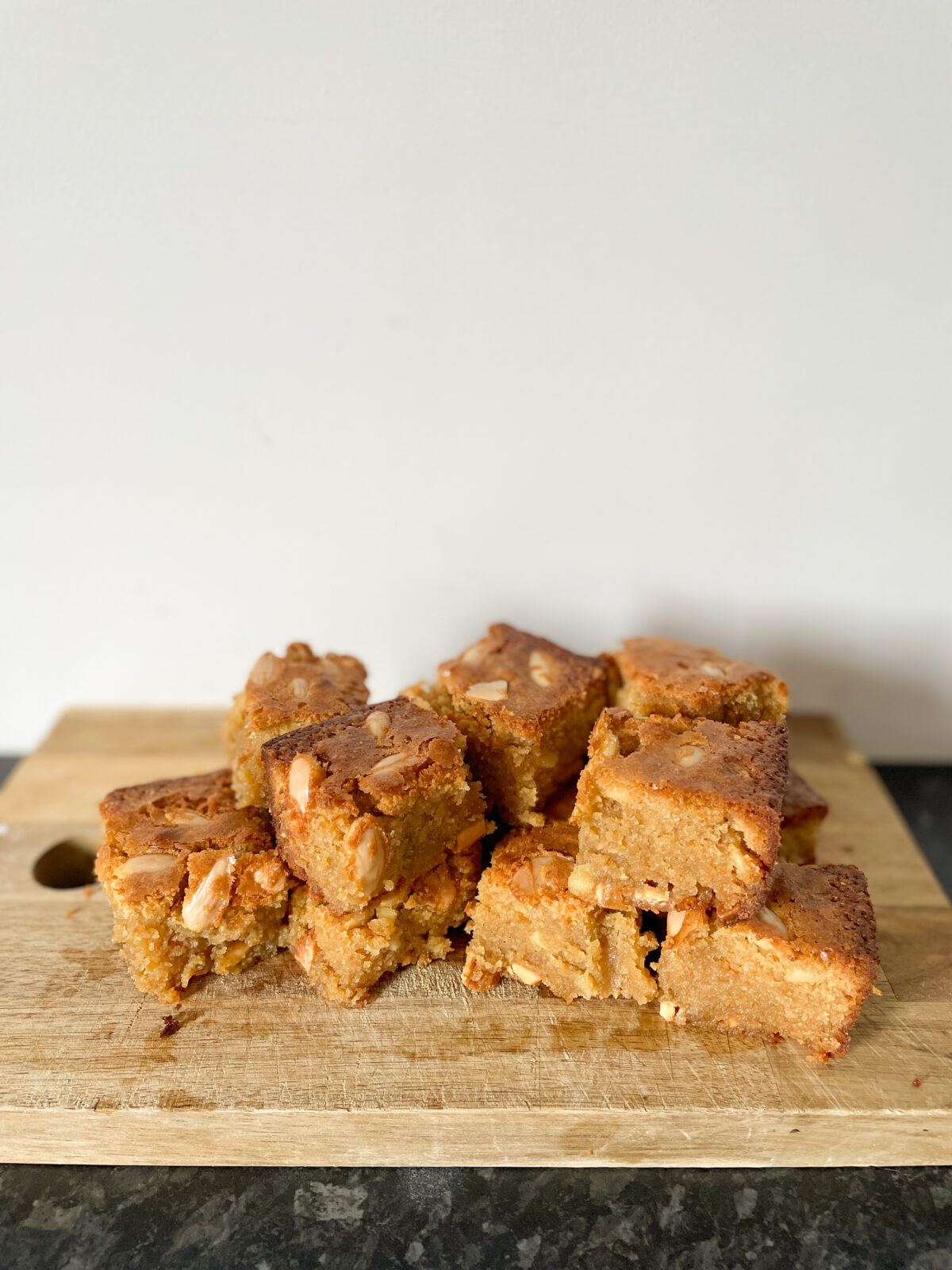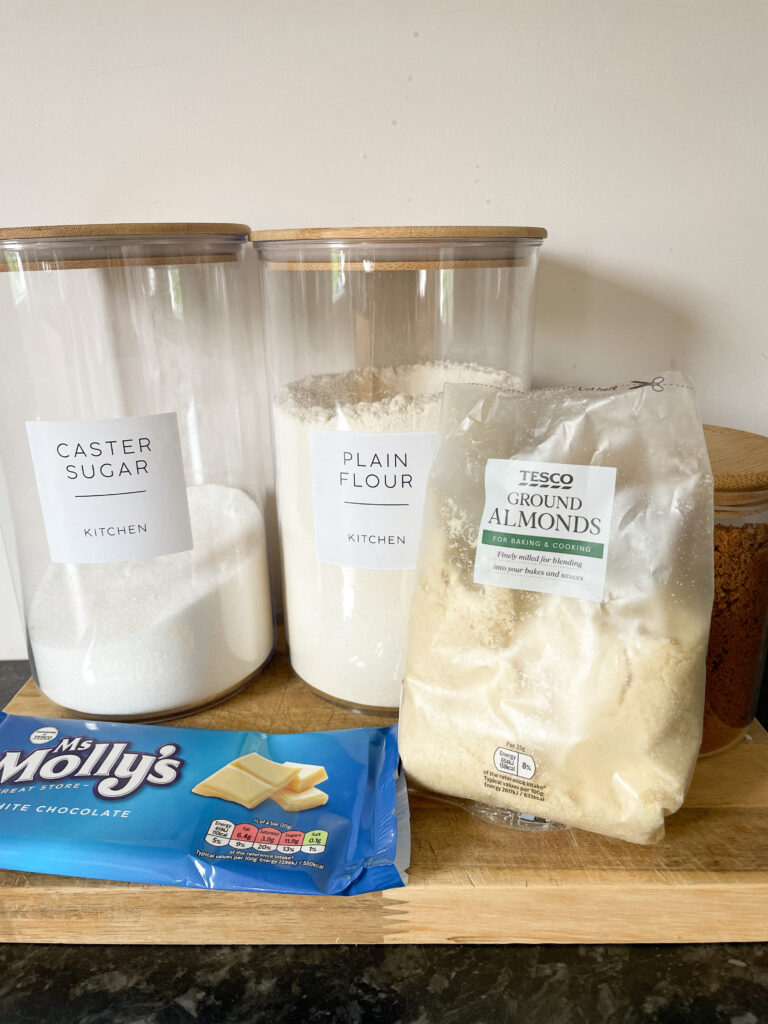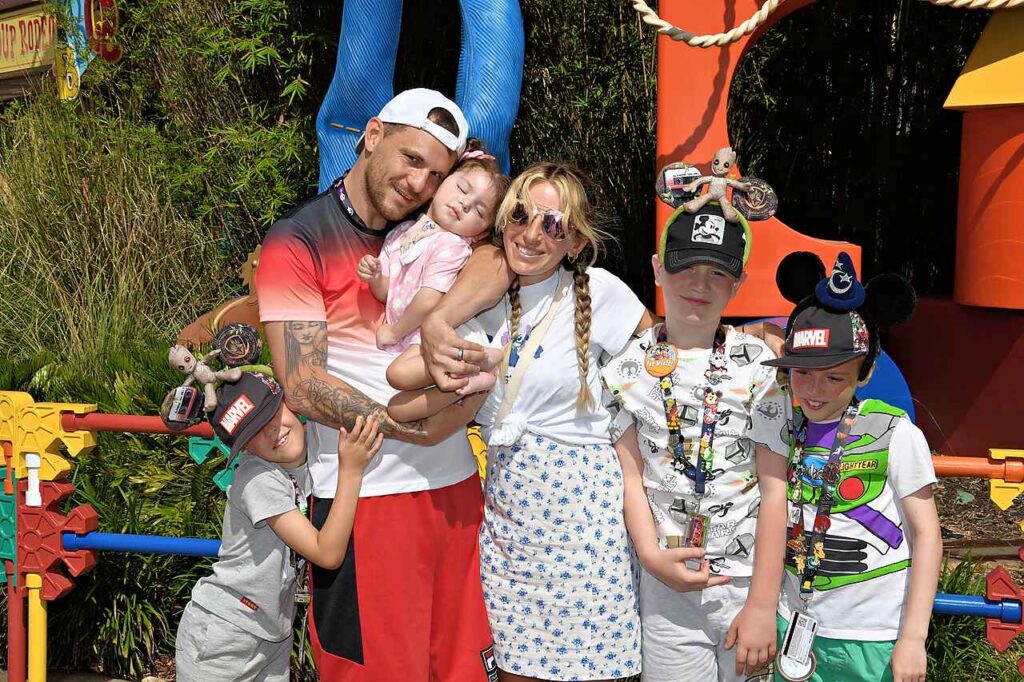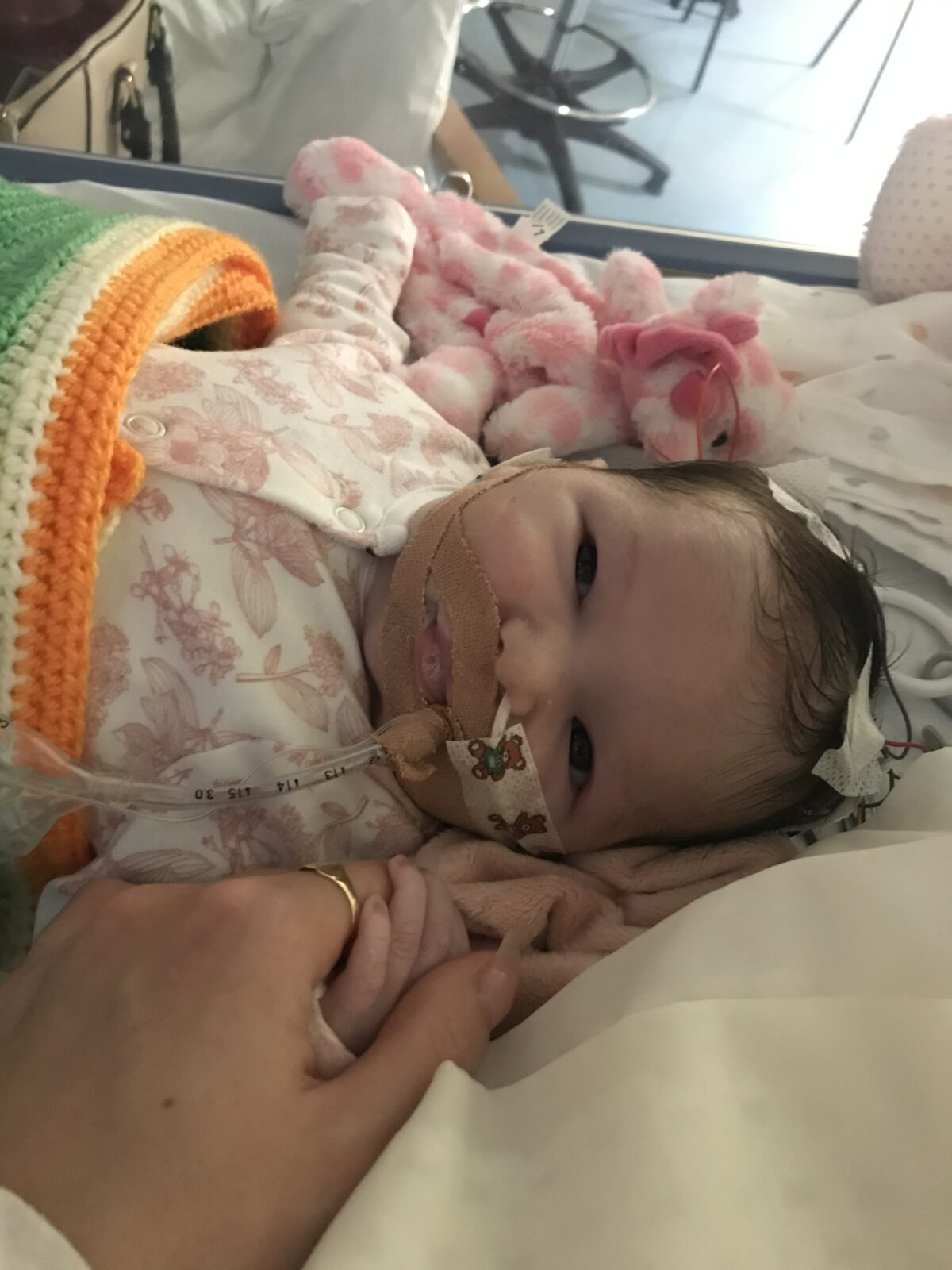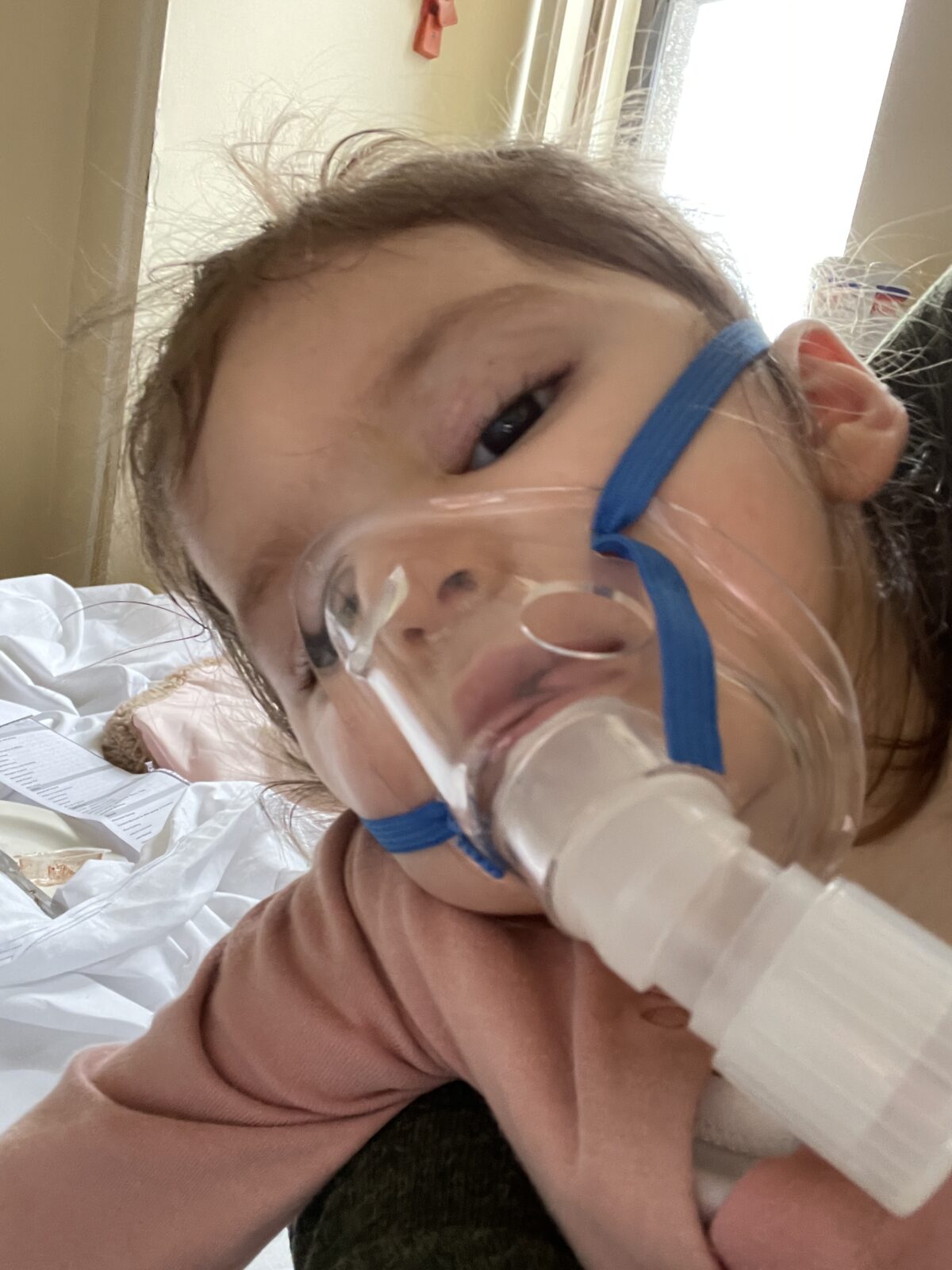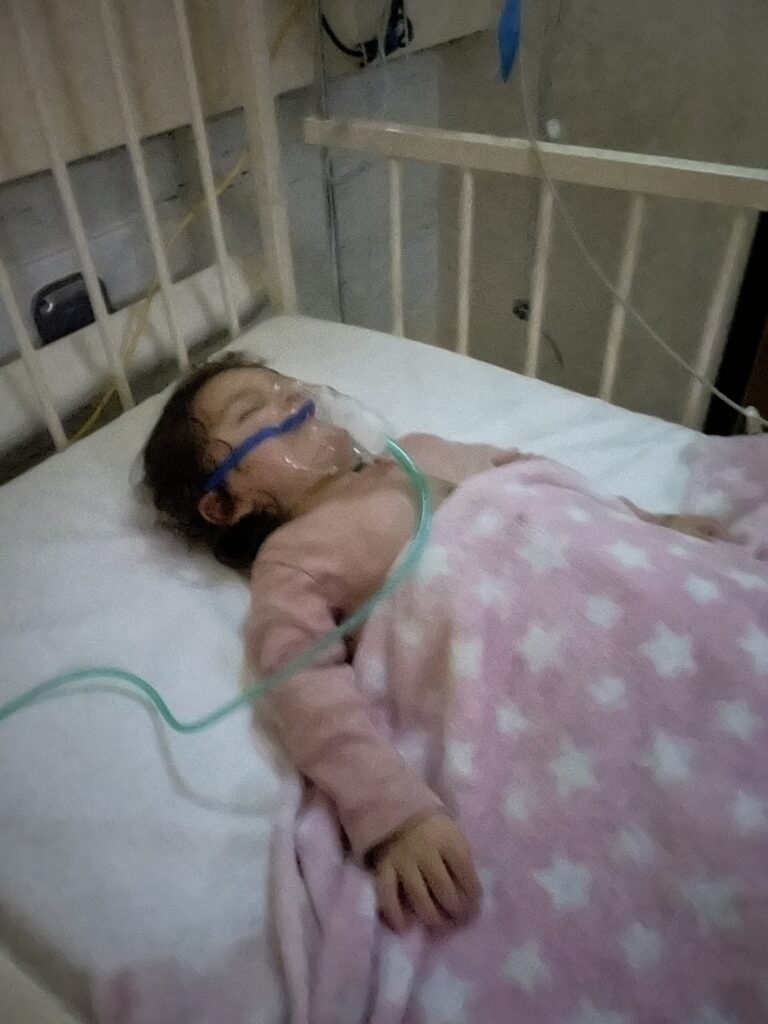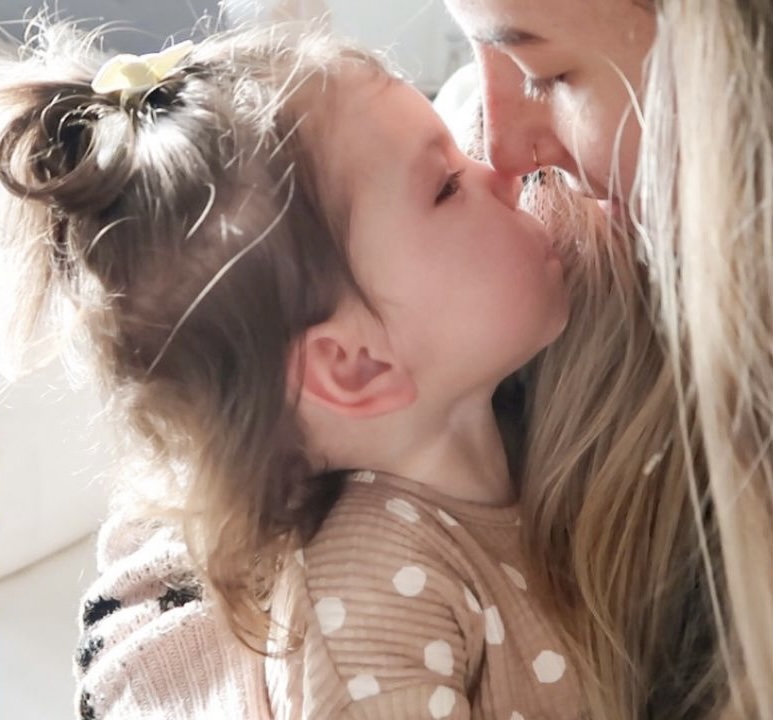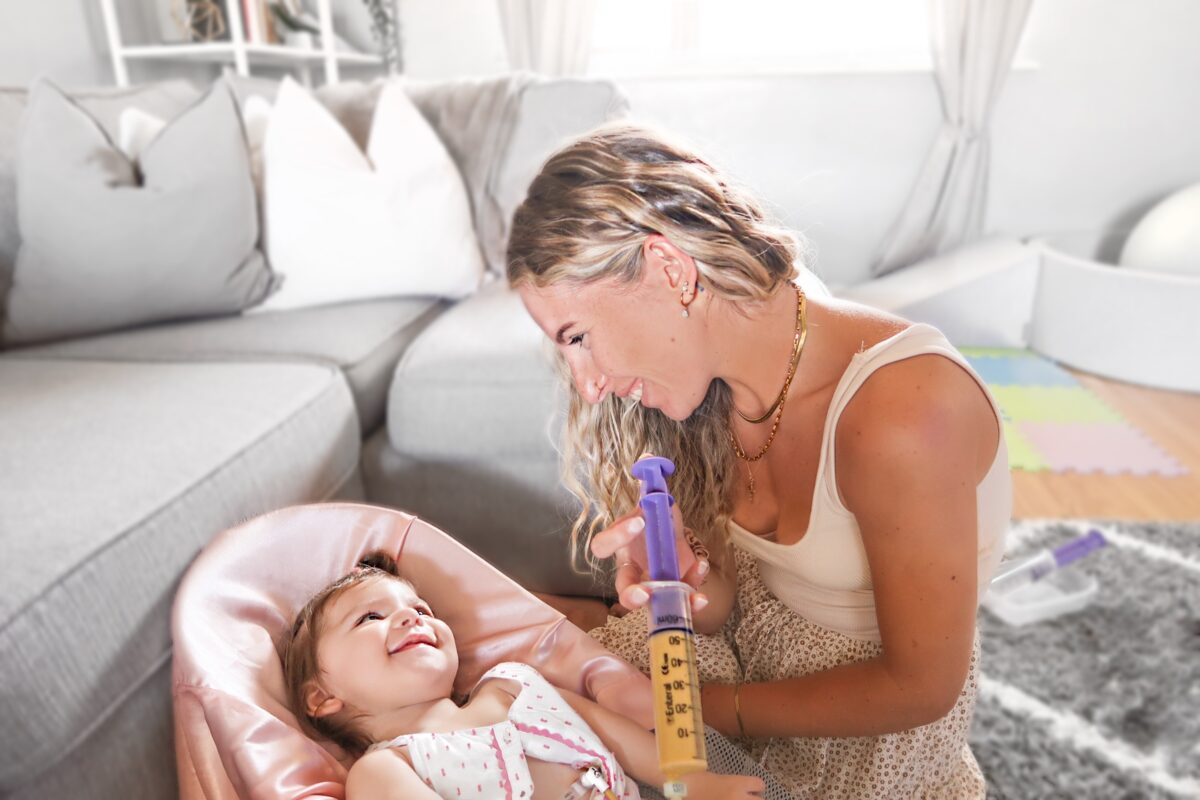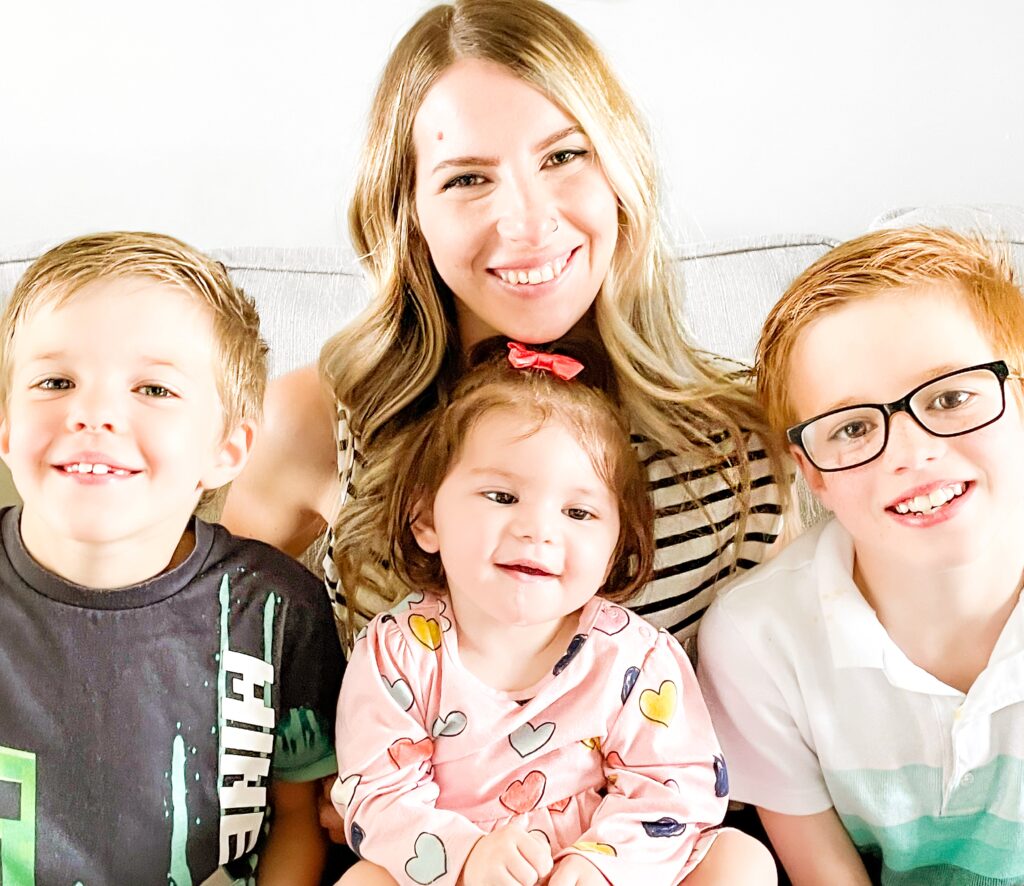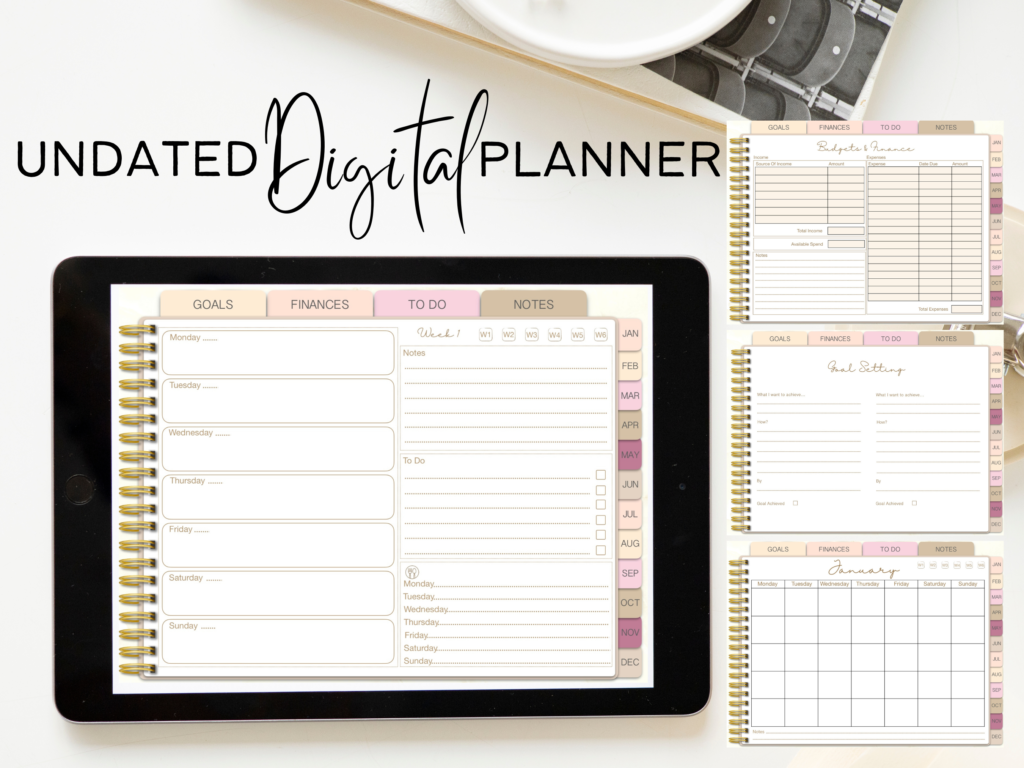The fourth trimester, or the first few months following childbirth, presents a set of challenges that are often underestimated yet critical to the well-being of new mothers. This period is characterized by significant physical, emotional, and psychological adjustments that can impact a woman’s health and happiness. Recognizing and addressing these issues is vital for fostering maternal recovery and well-being. In this article from Mummy & Avery, we’ll explore various commonly overlooked issues women face during the fourth trimester and offer guidance on how to navigate these challenges effectively.
Organizing Medical Files
Effective postpartum care hinges on the meticulous organization of medical files and documents. By saving these crucial records as PDFs, sharing and collaborating with healthcare providers become significantly more efficient, ensuring rapid access to essential health information. With online tools at your disposal, you can delete specific PDF pages, removing extraneous information to maintain a streamlined and accessible document system. This method not only simplifies the management of medical records but also enhances the overall postpartum care experience by keeping important data organized and readily available.
Coping with Hormonal Changes
The postpartum period brings about dramatic hormonal fluctuations, affecting mood and energy levels significantly. These changes can lead to unexpected mood swings and a feeling of fatigue that many new mothers find overwhelming. It’s crucial to prioritize self-care during this time, including rest, nutrition, and gentle exercise, to help stabilize mood and improve energy. Understanding that these hormonal shifts are normal can also provide a sense of reassurance during this period of adjustment.
Addressing Postpartum Mood Disorders
Postpartum mood disorders, such as depression and anxiety, are more common than many realize, affecting a significant number of new mothers. If you’re experiencing persistent sadness, anxiety, or hopelessness, it’s important to seek professional assistance. There are numerous resources and support networks available to help you navigate these challenges. Early intervention and support can make a substantial difference in recovery and well-being.
Addressing Mastitis
Mastitis, a painful infection of the breast tissue, is a condition that many breastfeeding women may encounter. This infection requires prompt medical treatment to prevent complications. To prevent and alleviate symptoms of mastitis, strategies such as proper breastfeeding techniques and frequent milk expression can be beneficial. Consulting with a lactation specialist or healthcare provider can offer additional guidance and support.
Managing Haemorrhoids
Hemorrhoids, often exacerbated by childbirth, can cause discomfort and pain for many postpartum women. Dietary changes, such as increasing fiber intake, along with the use of topical treatments, can help manage these symptoms. It’s important to discuss these issues openly with healthcare providers, who can offer further advice and treatment options. Addressing hemorrhoids promptly can significantly reduce discomfort and aid in postpartum recovery.
Dealing with Diastasis Recti
Diastasis recti, the separation of abdominal muscles after childbirth, is another challenge that may not be immediately apparent. Specific exercises and techniques can help in strengthening and repairing the abdominal area. However, it’s essential to seek advice from healthcare professionals or a physical therapist to ensure these exercises are performed safely and effectively. This personalized guidance can support a more successful recovery of abdominal muscle strength and integrity.
Improving Nutrition
During the postpartum period, proper nutrition is essential for a mother’s recovery, aiding in the body’s healing process and the restoration of strength. By integrating nutrient-rich foods into your diet and utilizing top-rated kitchen gadgets, meal preparation becomes not only simpler but also ensures the intake of vital vitamins and minerals. This balanced approach to nutrition significantly benefits both physical recuperation and mental health, underlining its fundamental role in postpartum care. Emphasizing the value of nourishing the body with quality foods and the support of efficient kitchen tools is paramount for the well-being and recovery of new mothers.
Navigating the fourth trimester comes with its unique set of hurdles, from managing physical discomforts like mastitis and hemorrhoids to addressing emotional challenges such as postpartum mood disorders. By prioritizing self-care, seeking professional support when necessary, keeping medical records organized, and focusing on nutrition and organization, you can overcome these challenges. It’s essential for new mothers to acknowledge these issues and take proactive steps toward recovery and well-being, ensuring a smoother transition into motherhood.
Feature Image: Freepik


